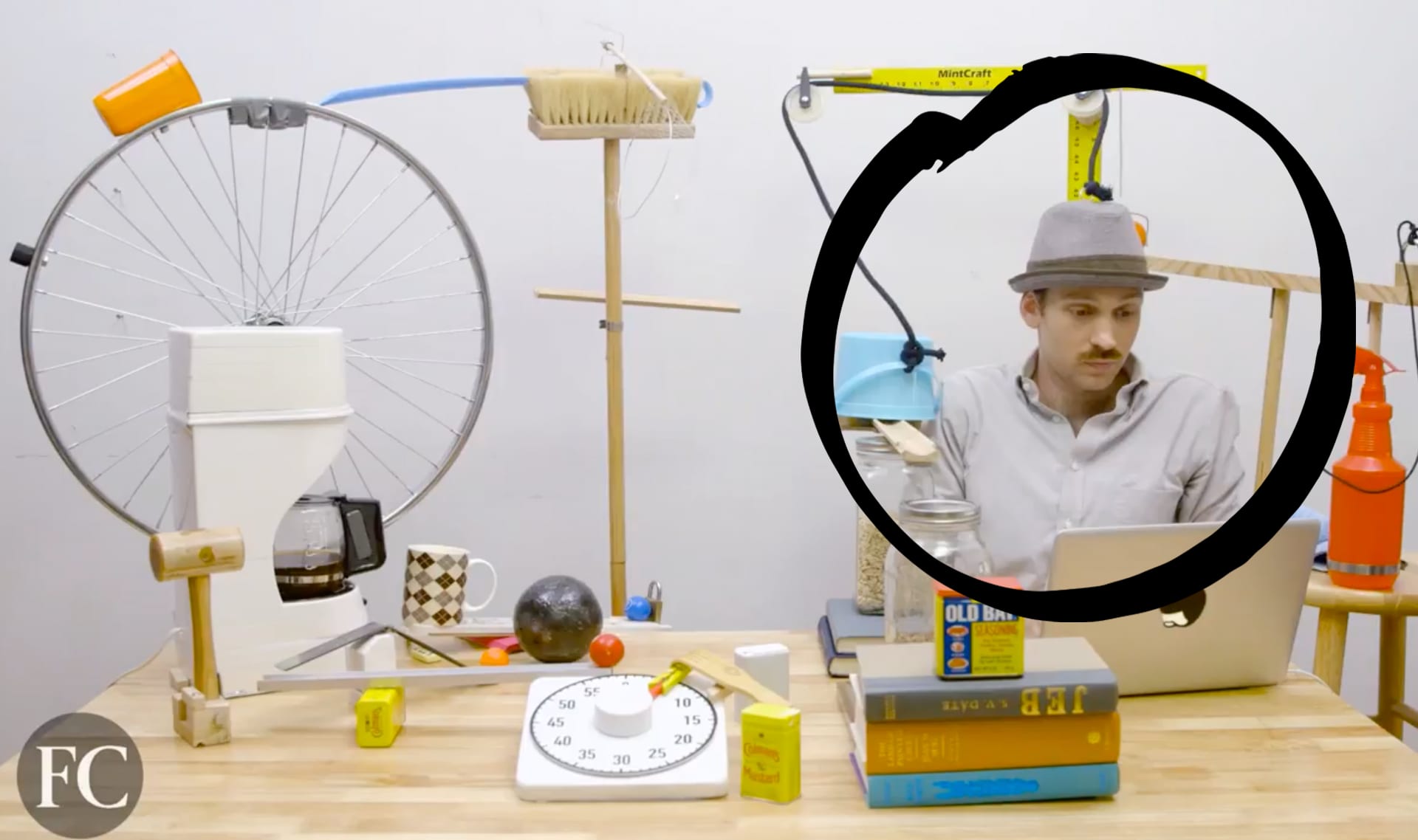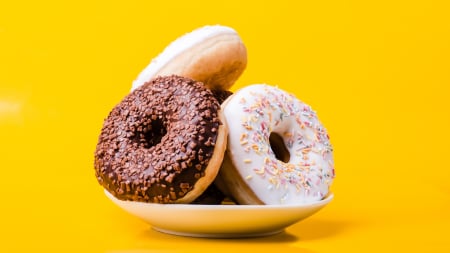
DISCUSS:
When you set up a domino, you’re putting part of it up high. Can you think of any other situation where putting something ‘up high’ causes something special to happen?
Hint...
Think about things you might have seen in an earlier lesson.

DISCUSS (1 of 2):
Can a domino knock down one that’s just slightly bigger than itself?
Try doing this yourself if you can. You can use books if you don’t have dominoes. Or you can go to the next slide to see a video of us doing it.
HERE’S WHAT HAPPENED:
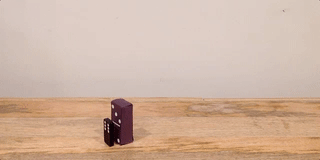
It worked! A domino has just enough energy to knock down a domino that’s slightly bigger than itself. Now that you know this, go to the next slide.
DISCUSS (2 of 2):
CHALLENGE: Do you think there could be a way to knock down something REALLY big, like a domino as tall as a building, using only smaller dominoes?
Draw a picture if you can think of an idea.

DISCUSS:
In terms of energy, why is it possible to use something the size of a brick to knock down something the size of a small house?
Can you explain this? Make a drawing if it’s helpful.
Think about: Where is there stored energy? Where does the stored energy come from?

DISCUSS:
Why do you think scientists call falling dominoes a “chain reaction”?








If you have a friend nearby, you can help each other with the next few steps. But if you are working alone, don’t worry!
We have added some special steps just for you. If a step says you need a friend to help, just go to the next step to see how you can do it alone!















Extensions
Below are ideas for extending this topic beyond the activity and exploration you just completed.
- Lesson Assessment and Answer Key
- Video & Discussion: Trace the path of energy in an amazing chain reaction.
- Reading : Rube Goldberg — cartoonist and engineer.
- Videos: Fun videos that will inspire you.
- Activity: A chain reaction made of craft sticks and paper cups.
- Online simulation: Build a chain reaction challenge online.
La Macchina Botanica (The Botanical Machine) starts when a ball rolls down a ramp and ends by watering a plant. Watch the video for fun. Then watch it again, looking for places that energy is stored. Can you identify where energy is stored and how energy is transferred from one object to another.
Some questions to talk about:
- What makes a pendulum swing?
- Can you find any levers that aren’t horizontal?
- Does this give you any ideas for a chain reaction you could make on a bulletin board?
Looking at the chain reactions that other people have built will give you ideas for your own chain reaction. There are many chain reactions online. Here are some of our favorites.
- Joseph Herscher uses ramps, rolling marbles, and everyday objects in a chain reaction designed to smash a chocolate egg.
- Berlagawesome has an amazing youtube channel with many chain reaction tutorials. Here he explains why he builds chain reactions.
If you don’t have dominoes but you want to make a long contraption that will fall down in an interesting way, you’re in luck. All you need to make a herringbone chain is popsicle or craft sticks and paper cups.
This 7-minute video from Kinetic King Tim Fort tells you everything you need to know.
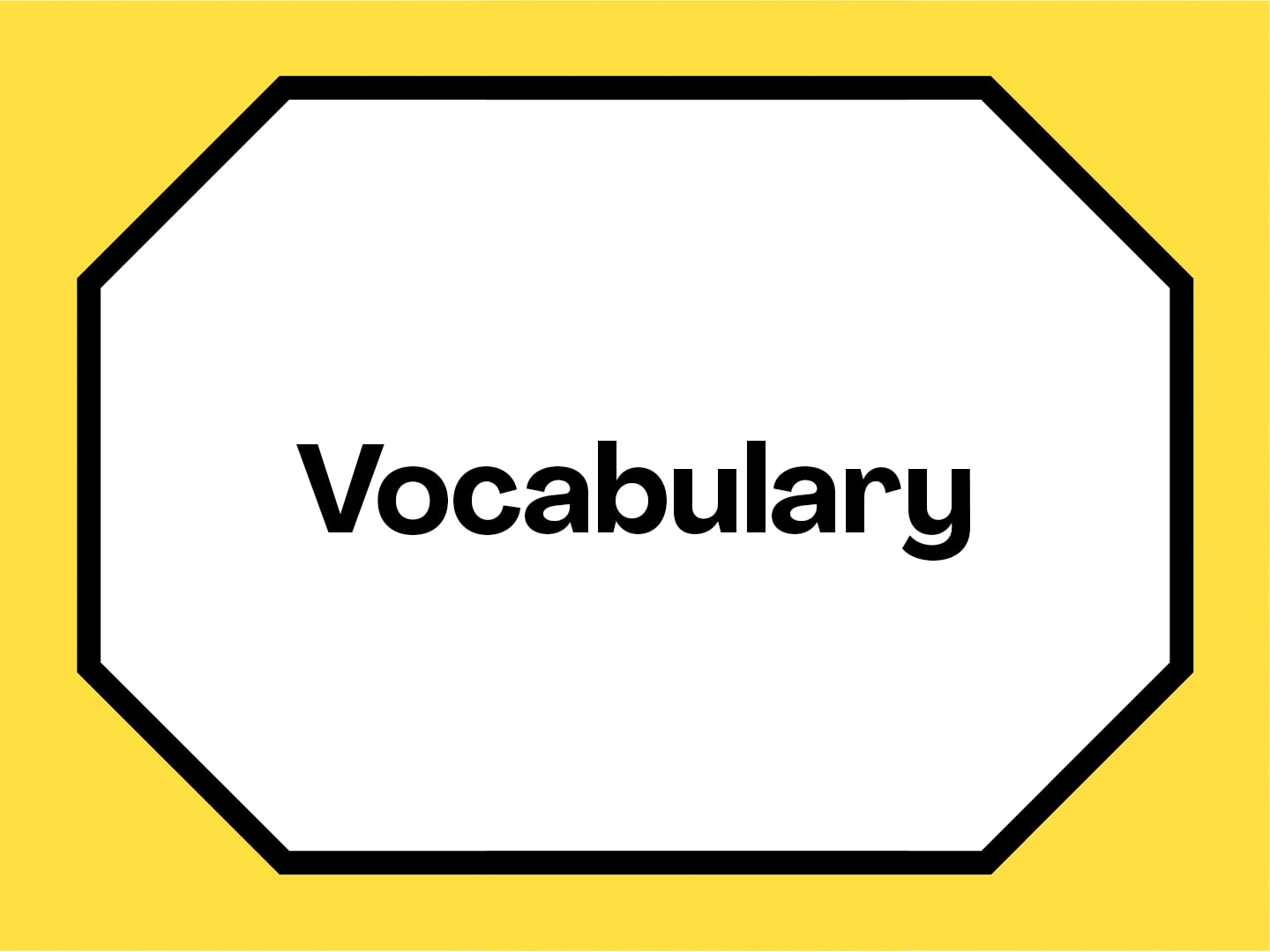

energy
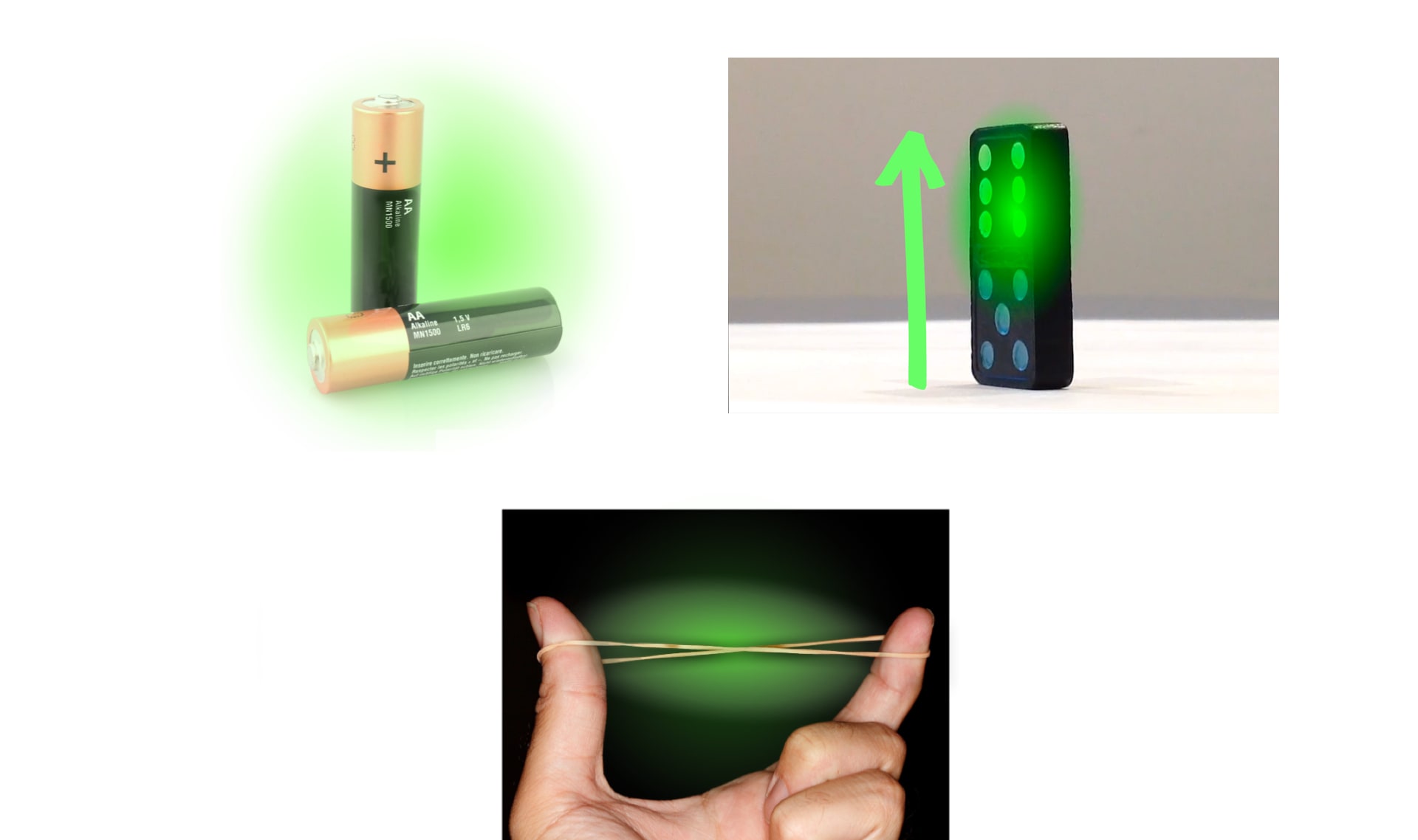
stored energy

chain reaction machine

energy transfer

lever
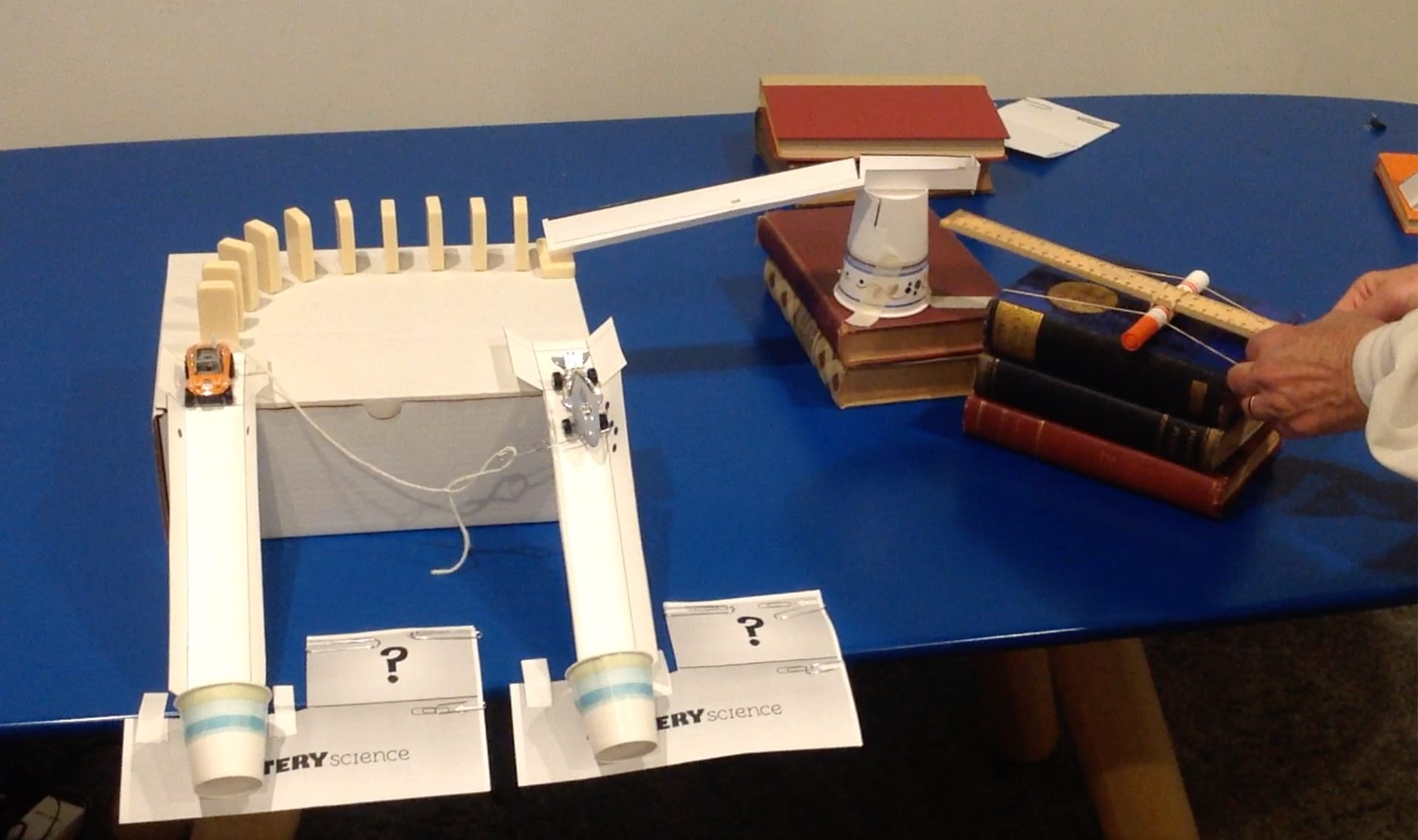
experiment
